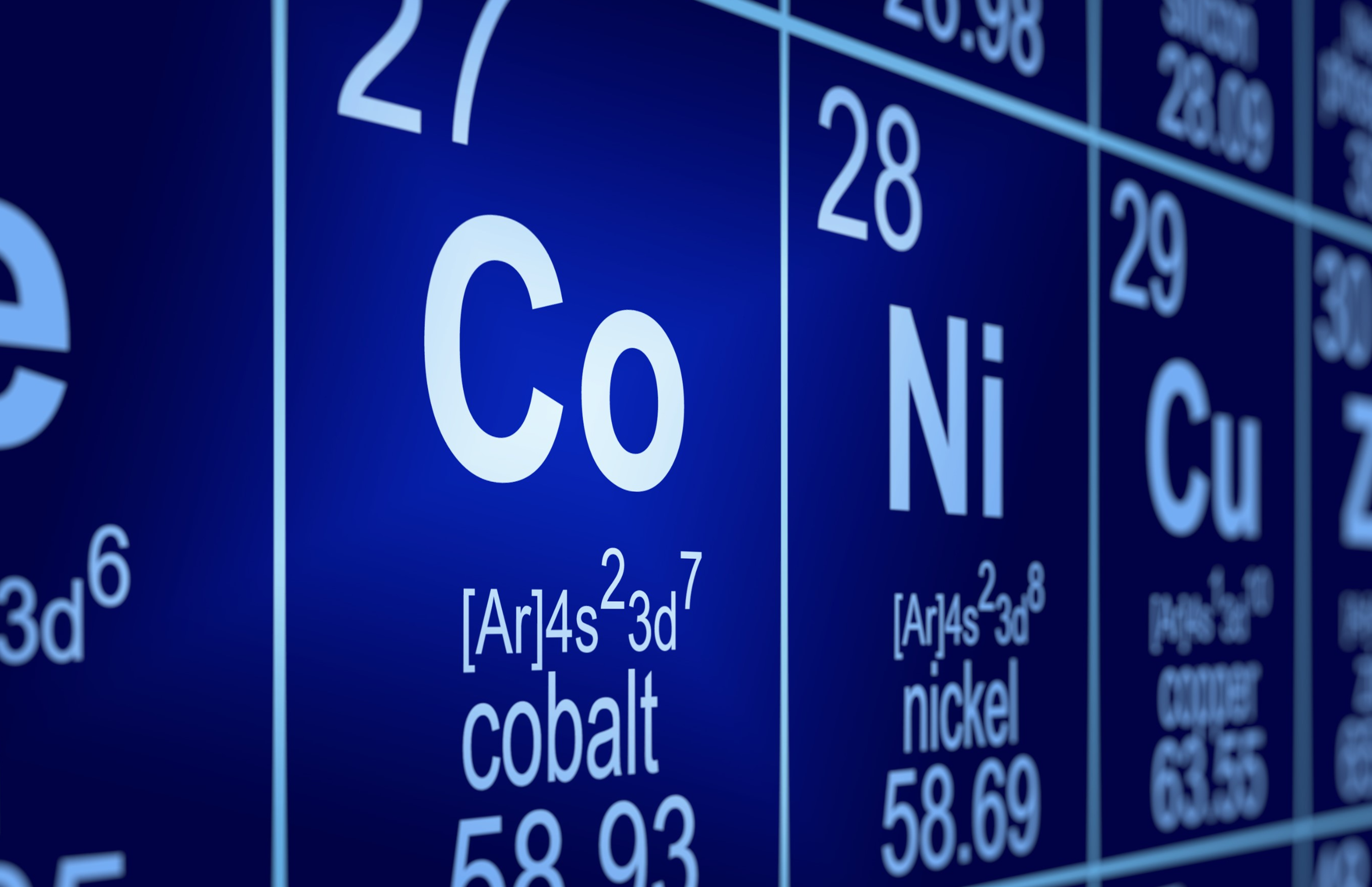China Molybdenum's IXM declares force majeure
Opinion Pieces

8
Jul
2025
China Molybdenum's IXM declares force majeure
China Molybdenum’s (CMOC) trading company, IXM, declared force majeure on 30 June on its cobalt supply contracts due to the ongoing export ban on cobalt hydroxide imposed by the DRC government.
The initial four-month cobalt export ban, effective from 22 February 2025, was introduced to address oversupply and stabilise prices. On 21 June 2025, the Authority for the Regulation and Control of Strategic Mineral Substances’ Markets (ARECOMS) extended the ban by three months due to continued high stock levels.
According to IXM, the ban has made it legally and logistically unfeasible for its suppliers, including CMOC’s Tenke Fungurume Mining (TFM) and Kisanfu Mining (KFM) mines, to export cobalt from the DRC, which has directly affected IXM’s ability to meet contractual commitments.
In 2024, CMOC, Glencore, and Eurasian Resources Group (ERG) collectively accounted for 76% of the DRC’s cobalt output, up from 68% in 2023. This was mainly driven by CMOC’s 106% y-o-y growth, supported by output increases from TFM and KFM, resulting in an oversupplied market and pushing cobalt prices to their lowest levels since 2016.
Following the initial ban announcement, cobalt intermediate, metal, and chemical prices surged due to unexpected market changes from refiners and traders, who were not fully prepared. However, after the extension, prices only showed a slight increase due to sluggish downstream demand and refiners cautiously drawing from inventories rather than aggressively buying.
In addition, battery manufacturers have not adjusted their chemistry strategy based on the DRC's cobalt export ban, as market trends were already shifting to cathode compositions with reduced cobalt. Nonetheless, cobalt provides stability in Li-ion batteries and is still expected to be used in high-mid nickel chemistries, particularly in Western regions.
China, the world’s leading producer and exporter of refined cobalt, relies heavily on feedstock sourced from the DRC. However, due to a ~90-day transit of material from the DRC to China, the impact of the ban on the Chinese refined market has been delayed, where imports of hydroxide into China remained robust in May.
As hydroxide stockpiles in China continue to decline due to the ban extension, refiners may be forced to seek alternative sources at a premium price. These include recycled material, Indonesian mixed hydroxide precipitate (MHP), or stockpiled metal by China’s SRB, which can be converted to cobalt sulphate if necessary.
In the near term, price volatility is expected to continue as ex-DRC inventory depletion timelines remain uncertain and key producers in the DRC (CMOC and Eurasian Resources Group [ERG]) remain under force majeure.
Nonetheless, any tightening in the cobalt market in 2025 is expected to be gradual, given that Indonesian producers continue to ramp up MHP production and high-pressure acid leach (HPAL) operations rarely stockpile MHP. However, output volumes will be insufficient to offset DRC shortfalls over the longer term.
Following the lifting of the ban, the DRC government is likely to implement export requirements, export quotas, or production quotas. These measures are planned to maintain stability and restrict the extraction volumes or the volumes of cobalt hydroxide moving through the supply chain. However, execution challenges and investor concerns remain major issues.